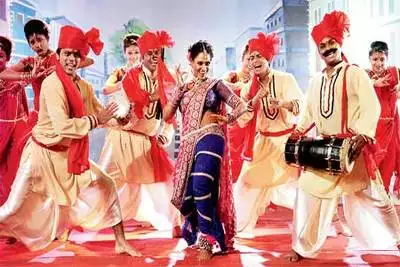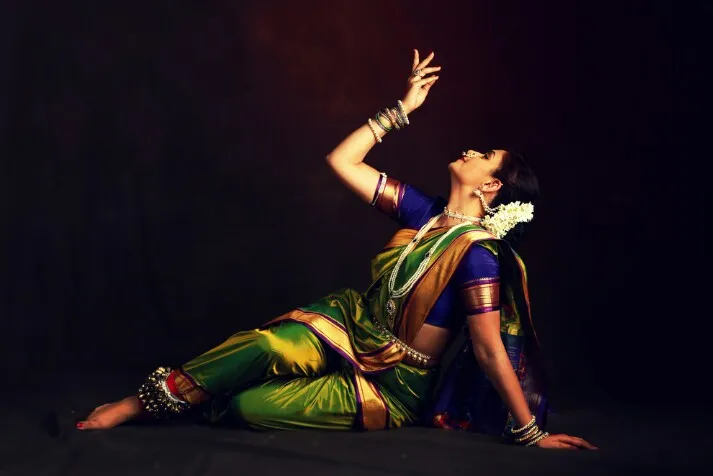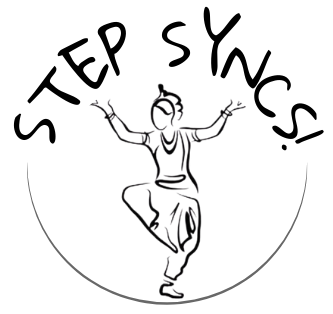The Grace and Legacy of Lavani: A Vibrant Dance Tradition from Maharashtra
Lavani, one of the most captivating and energetic dance forms of India, has its roots deeply embedded in the cultural tapestry of Maharashtra. Known for its powerful storytelling, graceful movements, and rhythmic beats, Lavani is much more than just a dance—it’s an artistic expression of emotions, history, and social commentary.
The Origins of Lavani
Lavani emerged during the 18th and 19th centuries, under the reign of the Peshwas in Maharashtra. Initially performed in royal courts, Lavani gained prominence for its entertaining appeal and bold, spirited performances. It served as both a form of entertainment and a way to communicate social and political messages to the masses. Over time, it spread beyond the courts to festivals and public gatherings, becoming an integral part of Marathi culture.
Dance Meets Music and Poetry

One of the most distinctive features of Lavani is its combination of dance, music, and poetic storytelling. Performed primarily by women, Lavani dancers are accompanied by the rhythmic beats of the dholki (a two-headed drum), which sets the pace and energy for the performance. The lyrics, sung in Marathi, often tackle themes of love, passion, social issues, and sometimes even political satire.
Lavani performances are known for their boldness, both in the expressions of the dancers and in the lyrics. Many of the songs feature playful, flirtatious dialogues or address societal norms with a touch of humor. Despite its fun and lively nature, Lavani also explores deeper emotions, making it a versatile medium for expression.
Costumes and Aesthetics

Lavani dancers are easily recognized by their traditional attire, which plays a significant role in the overall performance. The dancers wear a Nauvari saree, a nine-yard saree draped in a style that allows for freedom of movement while retaining an elegant and graceful appearance. Adorned with traditional jewelry like nath (nose rings), bangles, and elaborate necklaces, the dancers present a visually stunning spectacle. Their makeup, featuring bold eyes and striking lip color, highlights their expressions, which are crucial to the storytelling aspect of Lavani.
The Role of Expressions and Gestures
In Lavani, facial expressions and hand gestures are just as important as the dance itself. Dancers convey a wide range of emotions, from joy and mischief to sorrow and longing, often playing out the roles of characters in love stories or social scenarios. The expressiveness of Lavani makes it unique, drawing audiences in not just with the movement but with the emotional depth that the dancers portray.
Lavani in Contemporary Culture
Although rooted in tradition, Lavani has successfully transitioned into contemporary spaces. It continues to be performed at cultural festivals and special occasions, while also finding a place in modern cinema. Marathi films, in particular, have embraced Lavani, often featuring it in pivotal scenes to highlight the richness of Maharashtra’s folk heritage. Famous Bollywood films have also incorporated Lavani-inspired numbers, bringing the art form to a wider audience.
Additionally, Lavani competitions and stage performances are common today, with artists reimagining the dance to resonate with modern themes while staying true to its essence. This balance of tradition and innovation is what keeps Lavani alive and relevant.
Lavani’s Influence and Legacy

Lavani’s legacy transcends its artistic appeal. As a dance form that empowered women performers to express themselves in an era when public performances by women were rare, it holds a special place in India’s cultural history. Through its bold lyrics and expressive performances, Lavani challenged societal norms and opened up dialogues about various social issues, from love and relationships to power dynamics and gender roles.
Today, Lavani remains a symbol of Maharashtra’s rich cultural heritage, and its influence is felt across various art forms, from theater to film and beyond.
